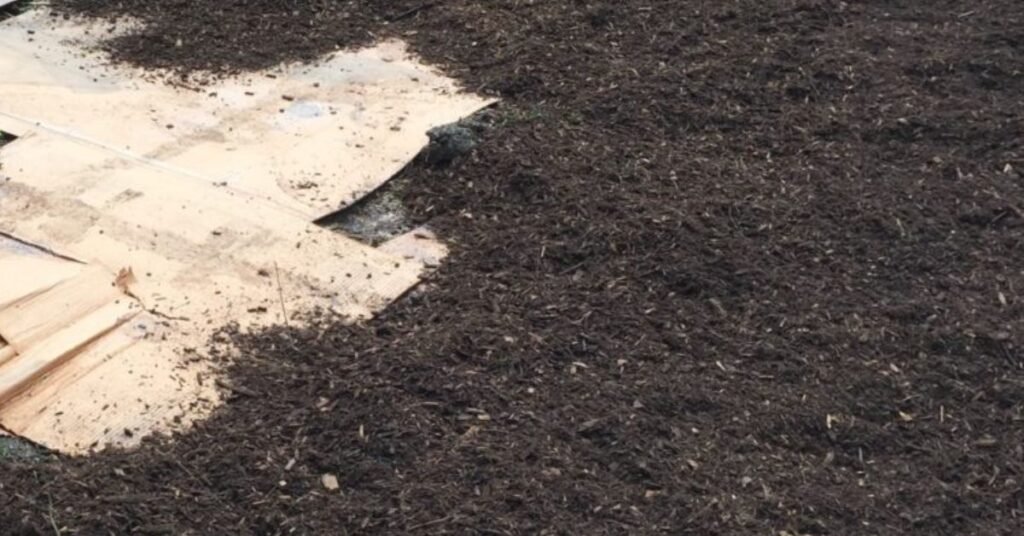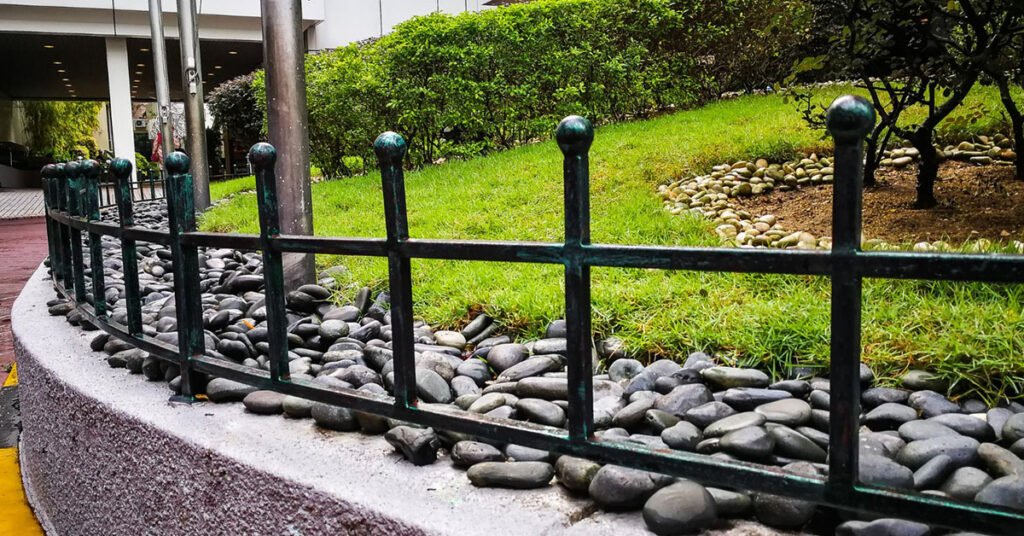Embarking on a career in the landscaping industry is an exciting journey filled with opportunities to transform outdoor spaces into breathtaking works of art. One essential skill every aspiring landscaper must master is creating stunning landscaping beds. In this guide, we’ll delve into the step-by-step process of how to make landscaping beds. Let’s get started.
What is Landscaping Bed
Landscaping beds, also known as garden beds or flower beds, are defined areas in a landscape specifically designated for planting ornamental plants, shrubs, or flowers. They serve as focal points in outdoor spaces, adding depth, texture, and visual interest to the overall design.
How to Make Landscaping Beds
Landscaping beds are the foundation of any stunning outdoor space, providing a canvas for creativity and expression. Whether you’re revamping an existing landscape or starting from scratch, follow these step-by-step instructions to create landscaping beds that will elevate your outdoor environment:
1. Assess the Site
Begin by evaluating the site where you plan to create your landscaping bed. Consider factors such as sunlight exposure, soil quality, drainage, and existing landscape features. Take note of any obstacles or challenges that may impact your design.
2. Define the Shape and Size
Using stakes and string, outline the shape and size of your landscaping bed. Choose a design that complements the overall layout of your outdoor space and enhances its aesthetic appeal. Remember to leave ample space between the landscaping bed and surrounding structures or pathways for ease of maintenance.
3. Clear the Area
Clear the designated area of any existing vegetation, weeds, rocks, or debris. Use a shovel or garden rake to loosen and remove the top layer of soil, ensuring a clean and level surface for your landscaping bed.
4. Prepare the Soil
Prepare the soil in your landscaping bed by amending it with organic matter such as compost, aged manure, or peat moss. Incorporate the amendments thoroughly into the existing soil to improve its texture, fertility, and drainage. Aim for a soil pH that is suitable for the types of plants you intend to grow.
5. Install Edging
To define the borders of your landscaping bed and prevent soil erosion, install edging materials such as bricks, stones, or metal. Position the edging material along the perimeter of the bed, ensuring it is level and securely anchored in place. Consider using flexible edging for curved or irregularly shaped beds.
6. Plant Selection
Choose plants that are well-suited to the growing conditions of your landscaping bed, including sunlight exposure, soil type, and moisture levels. Select a mix of annuals, perennials, shrubs, and ornamental grasses to create a dynamic and visually appealing landscape. Arrange the plants according to their mature size and spacing requirements, taking care to create balance and harmony in your design.
7. Planting Technique
Dig individual planting holes for each plant, ensuring they are deep and wide enough to accommodate the root ball. Gently remove the plants from their containers and place them in the holes, backfilling with soil and firming gently around the base of each plant. Water thoroughly after planting to help settle the soil and reduce transplant shock.
8. Mulching
Apply a layer of mulch around the base of your plants to conserve moisture, suppress weeds, and regulate soil temperature. Use organic mulches such as wood chips, bark, or shredded leaves, applying them to a depth of 2-4 inches. Avoid piling mulch directly against the stems or trunks of plants to prevent rot and disease.
9. Watering and Maintenance
Water your newly planted landscaping bed regularly, especially during the first growing season, to promote root establishment and growth. Monitor soil moisture levels and adjust watering frequency as needed, taking care not to overwater or underwater your plants. Remove weeds promptly to prevent competition for nutrients and water, and prune dead or damaged foliage to encourage healthy growth.
10. Enjoy Your Creation
Step back and admire your handiwork as your landscaping bed begins to take shape and flourish. With proper care and maintenance, your landscaping bed will evolve into a vibrant and inviting focal point in your outdoor environment, bringing joy and beauty to your surroundings for years to come.
Read More: How to Secure Landscape Timbers to Ground
Conclusion
Creating stunning landscaping beds is both an art and a science. By following these step-by-step guidelines, you’ll be well on your way to mastering the art of landscaping beds and establishing yourself as a skilled landscaper in the industry. Remember, patience, attention to detail, and a passion for plants are the keys to success in the world of landscaping.



